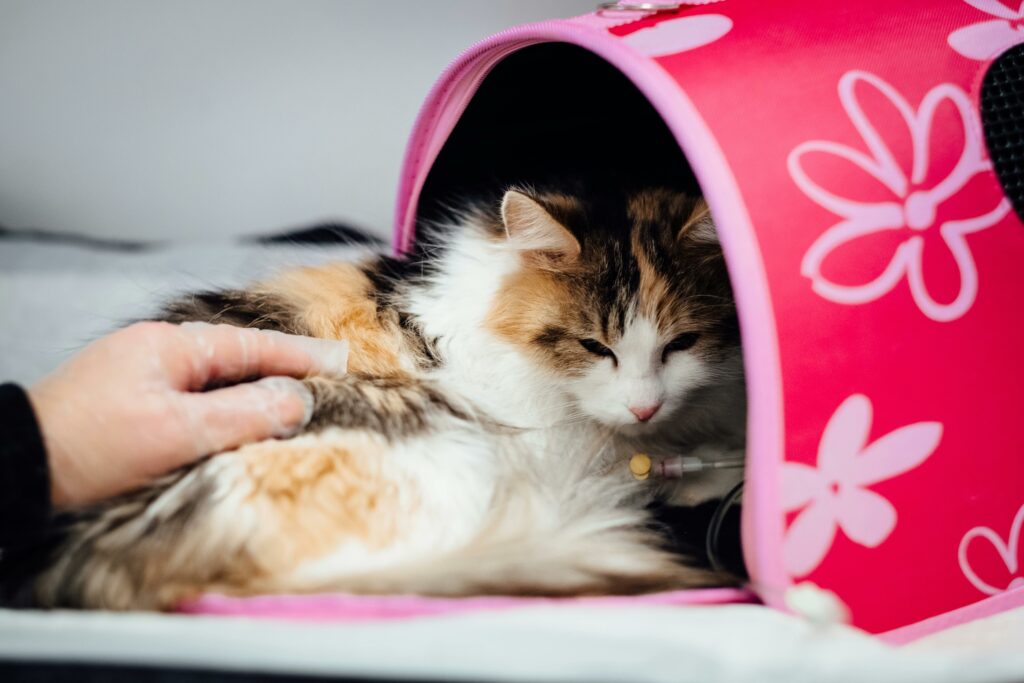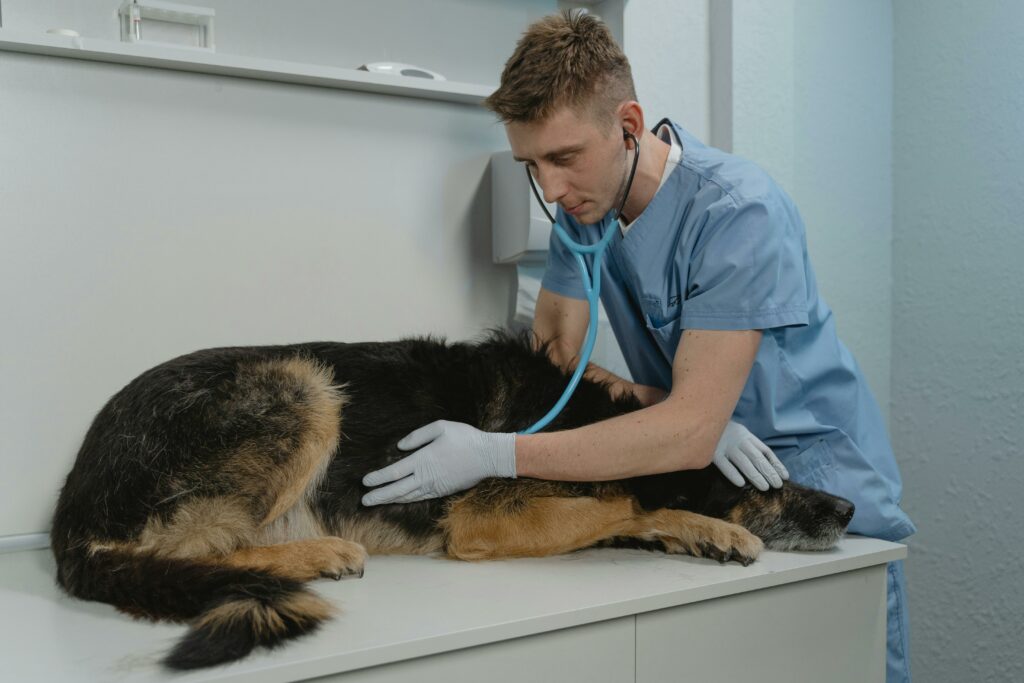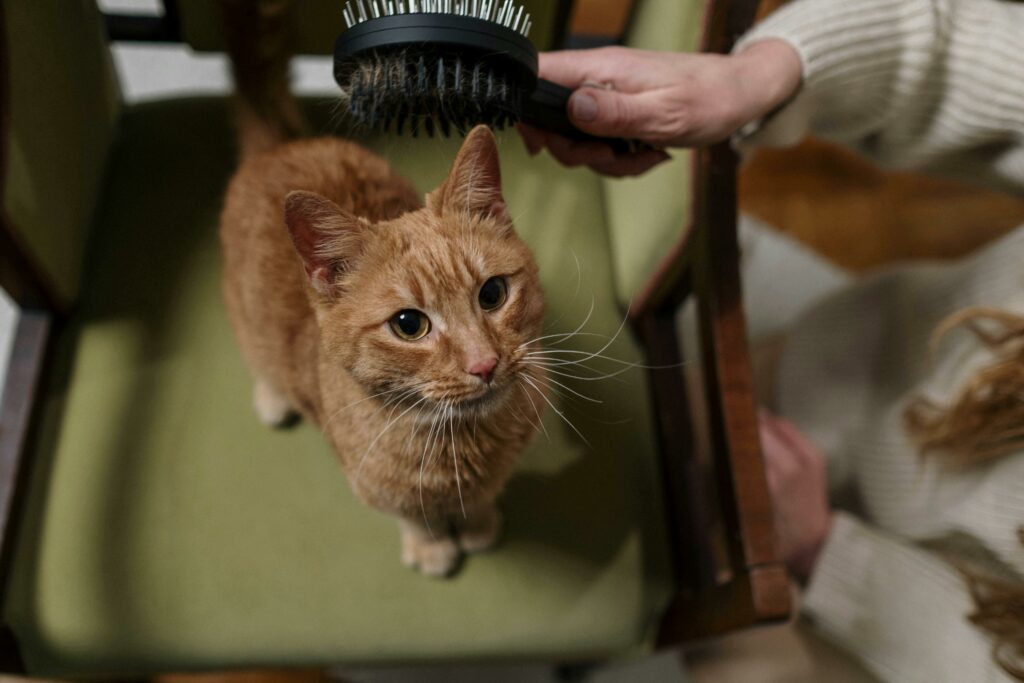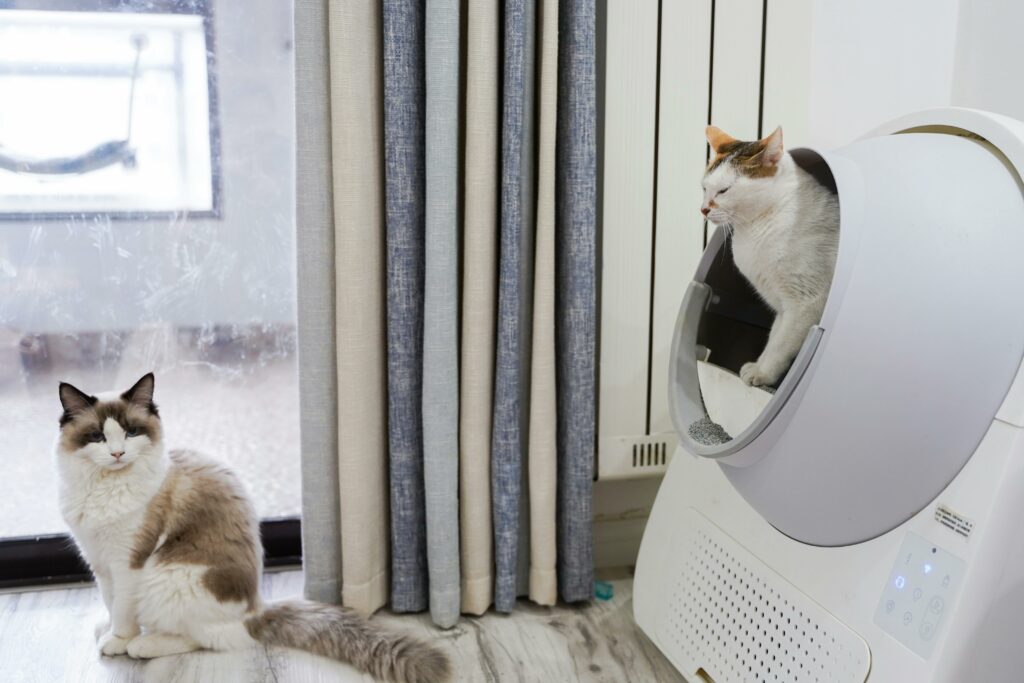
As pet owners, it’s vital to be attentive to our animals’ well-being. Recognizing the subtle signs of pain in dogs and cats can be challenging, as they often mask discomfort. By understanding these indicators, we can ensure timely veterinary care and maintain their quality of life.
Understanding Pet Pain Signs
Animals instinctively hide pain to avoid appearing vulnerable. This behavior, while natural, complicates our ability to detect discomfort. Therefore, observing changes in behavior and physical condition is essential.
Behavioral Changes Indicating Pain
Dogs and cats may exhibit behavioral alterations when in pain. These can include:
Decreased social interaction: Your pet may become withdrawn, avoiding family members or other pets.
Increased aggression or irritability: Previously gentle pets might growl, hiss, or snap when approached.
Restlessness or inability to settle: Difficulty finding a comfortable position or constant shifting can be a sign.
Changes in eating habits: A sudden loss of appetite or disinterest in food may indicate discomfort.
Excessive grooming or licking: Focusing on a particular area can suggest localized pain or irritation.

Physical Indicators of Pain in Dogs
Dogs may display specific physical signs when experiencing pain, such as:
Limping or favoring a limb: This often points to injury or arthritis.
Difficulty rising or lying down: Stiffness, especially after rest, can indicate joint pain.
Panting or rapid breathing: Beyond normal exertion, this may signal distress.
Trembling or shaking: Unexplained shivering can be a response to pain.
Altered posture: Holding the head below the shoulders or an arched back may be observed.
Physical Indicators of Pain in Cats
Cats often exhibit more subtle physical signs, including:
Reduced activity: A noticeable decrease in playfulness or movement.
Reluctance to jump or climb: Hesitation or refusal to engage in usual activities.
Changes in grooming habits: Neglecting grooming or over-grooming specific areas.
Hunched posture: Sitting in a guarded or curled-up position.
Squinted eyes or altered facial expressions: Subtle changes can indicate discomfort.
Monitoring and Assessing Your Pet's Pain
Regular observation is key to assessing your pet’s health. Maintain a journal noting any behavioral or physical changes, including their frequency and duration. This record can assist your veterinarian in diagnosing and treating potential issues.

When to Seek Veterinary Care
If you notice any of the aforementioned signs persisting or worsening, consult your veterinarian promptly. Early intervention can prevent minor issues from escalating into serious health concerns.
Conclusion
Recognizing the subtle signs of pain in your dog or cat is crucial for their well-being. By staying vigilant and responsive to changes in behavior and physical condition, you can ensure your beloved pet remains comfortable and healthy.
References
Detecting the Subtle Signs of Pain – https://vetmed.tamu.edu/news/pet-talk/detecting-the-subtle-signs-of-pain/
How to Tell If Your Pet Is in Pain and What You Can Do to Help – https://www.medvet.com/pet-in-pain/

































